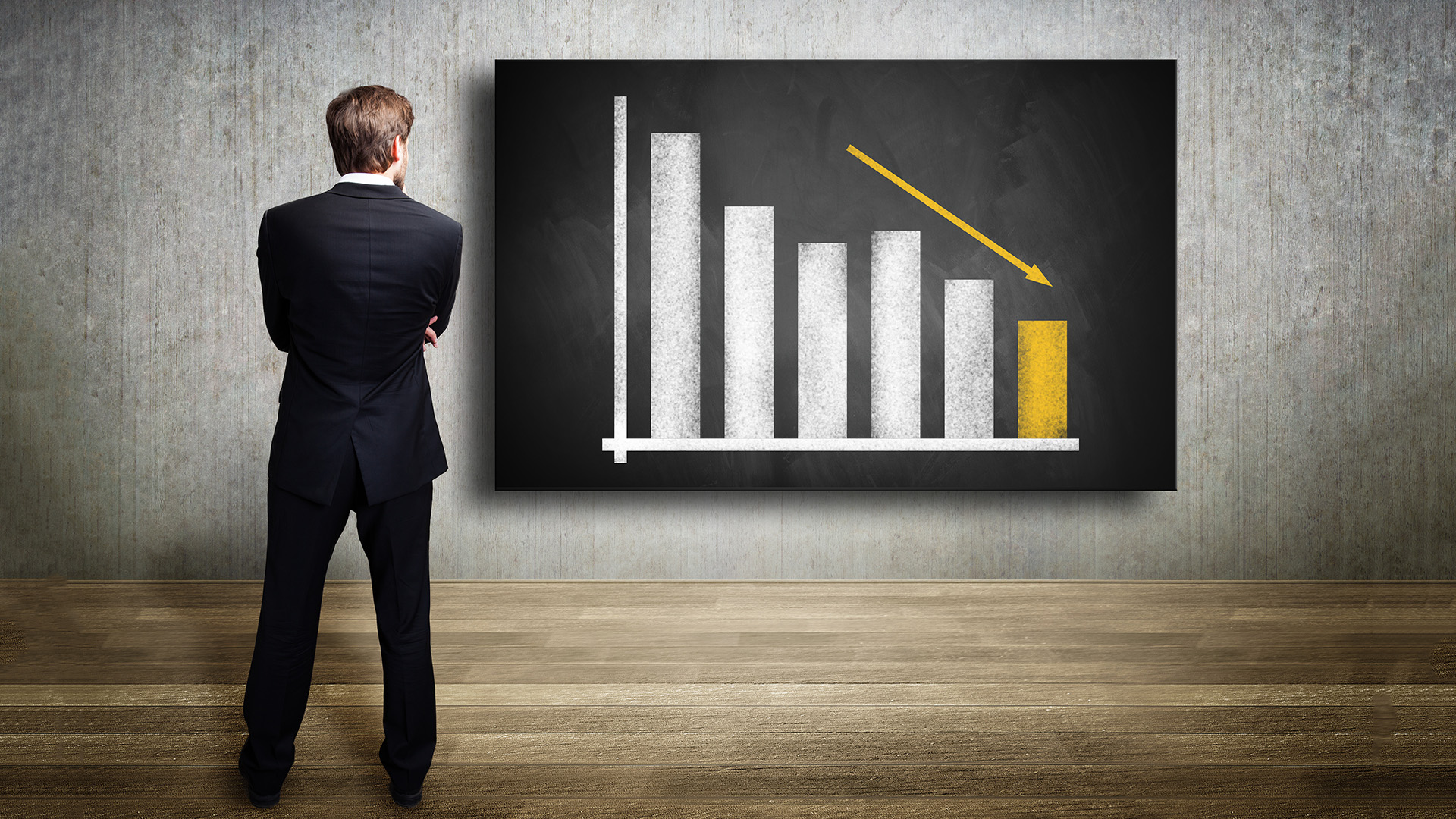For the first time since 1989, Moody’s rating agency has cut its view of the creditworthiness of China as it forecasts the country’s battle to control debt and stimulate economic growth will get harder.
But not all ratings group agree. While the move brings Moody’s in line with rival agency Fitch, which has had an equivalent A+ rating on China since November 2007, Standard & Poor’s recently upgraded China’s rating to AA-, which is one notch above Moody’s new rating. But its outlook is negative, like Moody’s.
Moody’s put China on a negative outlook in March of last year, with S&P following suit four weeks later. Fitch though has maintained its A plus ratings with stable outlook since 2007.
The news of the downgrade in China’s long term local currency rating – one notch to an A1 rating from AA3 saw Chinese stockmarkets sell off by 1% for a while before they recovered, while the Australian dollar dropped by around 0.3% before steadying to trade around 74.50 US cents.
The downgrade also came about a month before MSCI announces whether to include Chinese-listed stocks into its indexes.
A yes (instead of another maybe like in 2016) could send Chinese shares higher as money enters the market from the likes of large global index-tracking funds.
But the ratings cut has raised some concern Chinese firms may face higher offshore borrowing costs, forcing them to raise more financing at home and further squeeze domestic market liquidity.
The Shenzhen Composite Index closed higher on the day, while the Shanghai Composite higher as well.
Moody’s said that the outlook for the country’s financial strength will worsen, with debt rising and economic growth slowing.
“The downgrade reflects Moody’s expectation that China’s financial strength will erode somewhat over the coming years, with economy-wide debt continuing to rise as potential growth slows,” Marie Diron, the agency’s associate managing director for sovereign risk, wrote in Wednesday’s statement.
“While ongoing progress on reforms is likely to transform the economy and financial system over time, it is not likely to prevent a further material rise in economy-wide debt, and the consequent increase in contingent liabilities for the government,” she said.
China is now trying to bring debt under control, especially in what is called ’shadow banking’ which seems to be helping finance the intensifying speculation in commodities (such as iron ore, gold and copper).
Much of the money for this punting has been coming from non bak sources, who in turn appear to being finance by banks through off balance sheet vehicles.
While acknowledging China’s efforts to rebalance its economy away from reliance on debt-fuelled stimulus, Moody’s obviously believes progress has been too slow to arrest deterioration in its financial strength.
“The planned reform programme is likely to slow, but not prevent, the rise in leverage,” the firm said. “The importance the authorities attach to maintaining robust growth will result in sustained policy stimulus. Such stimulus will contribute to rising debt across the economy as a whole.”
Moody’s also changed the outlook for China to stable from negative, saying the now stable outlook reflected the assessment that risks were balanced.
"Moody’s expects that economy-wide leverage will increase further over the coming years," it said, adding that China’s reform program was likely to slow, but not prevent, the rise in leverage.
The cut to China’s long-term local currency rating puts the country on par with Czech Republic, Estonia, Israel, Japan and Saudi Arabia and one level below other sovereign borrowers, including Taiwan and Macau, and one notch above the likes of Bermuda, Botswana, Poland and Slovakia.
Moody’s forecasts the government’s direct debt burden to rise gradually to 40% of gross domestic product by 2018 and closer to 45% by the end of the 2020. That is line with the 2016 debt burden for the median of A-rated sovereign borrowers, Moody’s said yesterday.
China’s total outstanding credit climbed to about 260% of GDP by the end of 2016, up from 160 per cent in 2008, according to Bloomberg Intelligence.
In a statement released in the wake of the Moody’s, the Chinese finance ministry defended the Chinese economy and said the first quarter of the year had seen steady growth with better-than-expected economic indicators.
A spokesman for the Ministry of Finance said Moody’s report "overestimated the difficulties faced by China’s economy, and underestimated the Chinese government’s capability to deepen the supply side structural reform and moderate expansion of gross demand".
"Moody’s point of view shows that some international institutions lack the necessary understanding of our legal system," said the statement.













